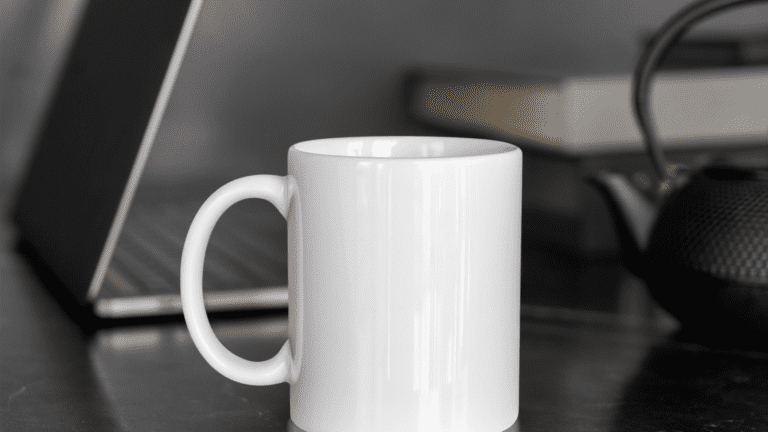Simple Tips for Sparkling, Spot-Free Dishes

How often has this happened to you: you pull your clean dishes out of the dishwasher, but they’re covered in unsightly spots and streaks? Are they actually clean? The good news is you don’t have to put up with this problem anymore. Follow these simple tips for sparkling, spot-free dishes.
Install a Water Softener
What’s causing those spots or cloudy residue in the first place? The likely culprit is hard water. Hard water contains an excess of minerals, usually calcium and magnesium. When the water droplets evaporate from your dishes, the mineral residue remains. The best way to take care of the problem is to install a water softener.
You might have heard some myths about water softeners, but the truth is that the system will remove the excess minerals from your water. The result? You’ll save your hot water-using appliances from unnecessary wear and tear. And your dishes will look great!
Clean the Dishwasher
Your dishwasher might not be getting your dishes sparkling clean because it needs to be washed, too! This tip takes some elbow grease, but it’s a simple process. And once you clean your dishwasher, you’ll feel satisfied with taking care of this often-neglected area.
You can wash the dishwasher section by section.
- Spinning arms: These parts have little holes that shoot out the water when your dishwasher runs. Remove any debris from the holes and wipe down the spinning arms.
- Racks and utensil holder: Clean these with vinegar or mild soap.
- Filter: Follow the manufacturer’s instructions for cleaning your filter. The filter is usually located under the bottom rack in one of the back corners of the dishwasher. If you don’t have a self-cleaning filter, you can twist to remove the filter. Then, clean it with mild soap and a sponge.
Descale the Dishwasher
The next simple tip for sparkling, spot-free dishes is to descale the dishwasher. Limescale forms from hard water. The hard, chalky stuff you can see on metallic parts that the water has flowed over. Follow your manufacturer’s instructions for descaling the dishwasher.
In general, you can use white vinegar, lemon juice, or baking soda. To wash with vinegar, place a dishwasher-safe container filled with one cup of white vinegar upright in the middle of your dishwasher’s top rack. This vinegar dish should be the only extra item in the dishwasher.
Then, run the dishwasher on high heat. When the cycle finishes, let the dishwasher air dry with the door open.
Similar Posts:
- None Found









